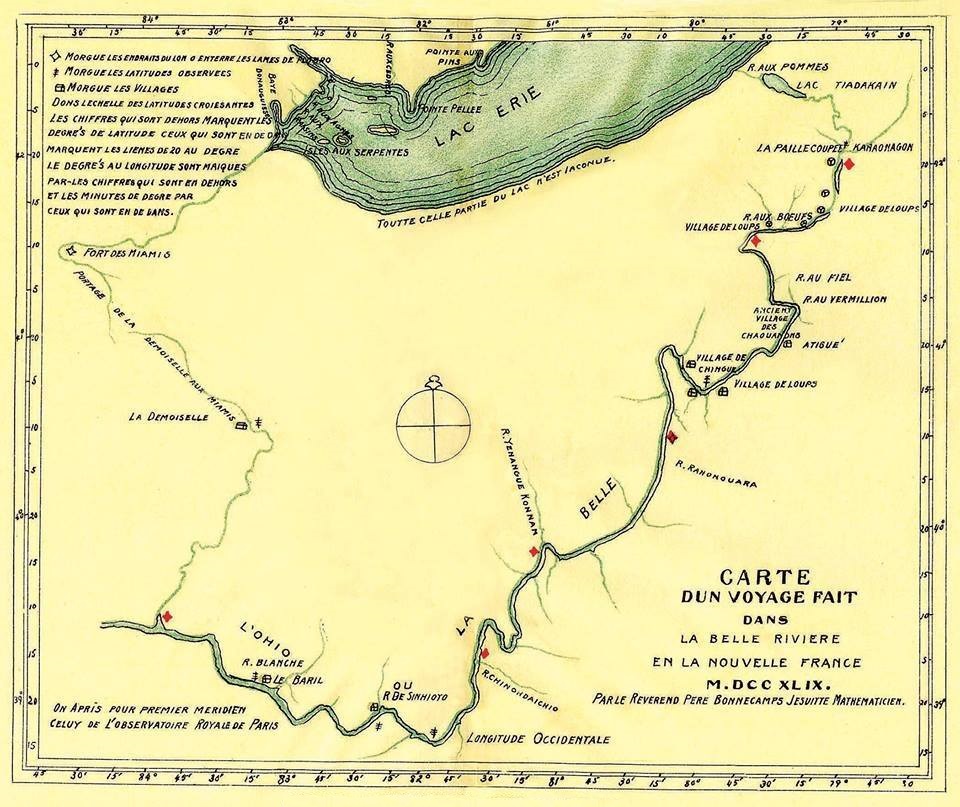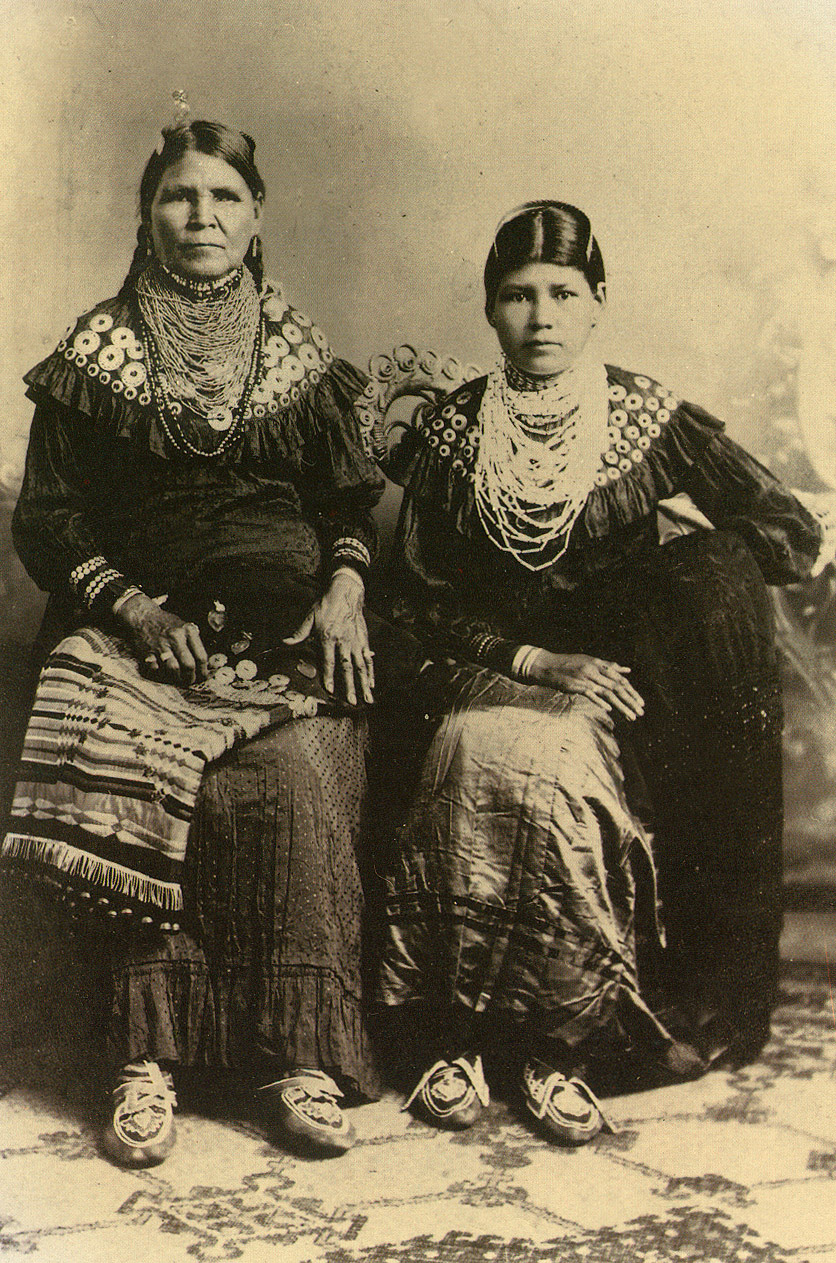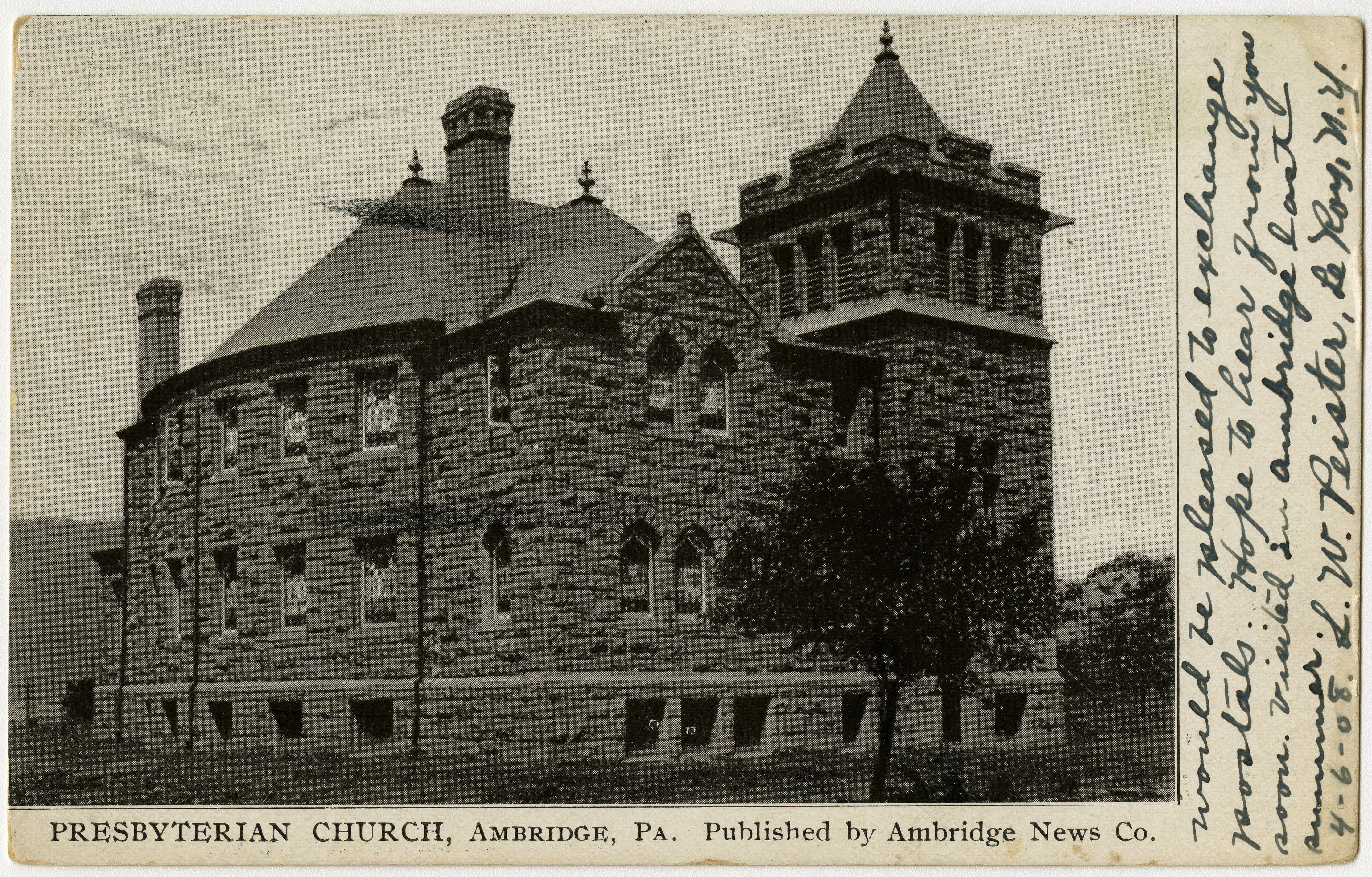|
Logstown
The riverside village of Logstown (1726?, 1727–1758) also known as Logg's Town, French: ''Chiningue'' (transliterated to ''Shenango'') near modern-day Baden, Pennsylvania, was a significant Native American settlement in Western Pennsylvania and the site of the 1752 signing of the Treaty of Logstown between the Ohio Company, the Colony of Virginia, and the Six Nations, which occupied the region. Being an unusually large settlement, and because of its strategic location in the Ohio Country, an area contested by France and England, Logstown was an important community for all parties living along the Ohio and tributary rivers. Logstown was a prominent trade and council site for the contending British and French colonial governments, both of which made abortive plans to construct forts near the town. [...More Info...] [...Related Items...] OR: [Wikipedia] [Google] [Baidu] |
Kakowatcheky
Kakowatcheky (c. 1670 - c. 1755 or 1758), also known as Kakowatchiky, Cachawatsiky, Kakowatchy, or Kakowatchey, was a Pekowi Shawnee chief believed to be among the first to bring Shawnee people into Pennsylvania. For about fifty years he and the Shawnees lived together with European colonists in Pennsylvania until the mid-1740s when many Shawnees and other Native Americans migrated to the Ohio River Valley. In 1743, Kakowatcheky moved to Logstown, on the Ohio River, where he may have continued to live until 1755 or later, that being the last year in which his name appears in the Pennsylvania records. Colonel James Patton of Virginia visited Logstown in June 1752 and refers to him in his journal as being then bedridden. His chieftainship extended for more than sixty years. Arrival in Pennsylvania Nothing is known of his early life, including his exact date of birth. He may have been born in Ohio. John Heckewelder in his brief history of the "Shawanos" refers to "Chief Gachgawats ... [...More Info...] [...Related Items...] OR: [Wikipedia] [Google] [Baidu] |
French And Indian War
The French and Indian War, 1754 to 1763, was a colonial conflict in North America between Kingdom of Great Britain, Great Britain and Kingdom of France, France, along with their respective Native Americans in the United States, Native American allies. European historians generally consider it a related conflict of the wider 1756 to 1763 Seven Years' War, although in the United States it is viewed as a singular conflict unassociated with any European war. Although Britain and France were officially at peace following the Treaty of Aix-la-Chapelle (1748), tensions over trade continued in North America. These culminated in a dispute over the Forks of the Ohio, and the related French Fort Duquesne which controlled them. In May 1754, this led to the Battle of Jumonville Glen, when Colony of Virginia, Virginia militia led by George Washington ambushed a French patrol. In 1755, Edward Braddock, the new Commander-in-Chief, North America, planned a four-way attack on the French. None s ... [...More Info...] [...Related Items...] OR: [Wikipedia] [Google] [Baidu] |
Baden, Pennsylvania
Baden is a borough in southeastern Beaver County, Pennsylvania, along the Ohio River. The population was 3,904 at the 2020 census. It is part of the Pittsburgh metropolitan area. Baden is the former site of Logstown, a significant Native American settlement. History The site of Baden was the location of Logstown, a Native American village. The Treaty of Logstown was signed by representatives of the Iroquois Confederation, Lenape and Shawnee leaders there; George Washington visited the area to speak with the Natives himself under Queen Alliquippa. The oldest recorded house in Baden was built in the early 1800s, and it became a stopping place for farmers on their way to Pittsburgh to sell their livestock. Baden was founded as a village in 1838 and was named after the German resort town of Baden-Baden at the border of the Black Forest. Early on, Baden was home to boat building yards, quarries, a lath mill and a gristmill. After Baden was established as a borough in 1858, it g ... [...More Info...] [...Related Items...] OR: [Wikipedia] [Google] [Baidu] |
Opessa Straight Tail
Opessa Straight Tail (), also known as Wopatha or Wapatha, was a Pekowi Shawnee Chief. He was the son of Straight Tail Meaurroway Opessa. He is best known for signing, on 23 April 1701, the "Articles of friendship and agreement between William Penn and the Susquehannah, Shawonah, and North Patomack Indians," that designated lands and conditions of coexistence between those tribes and the English settlers. Birth and early life His exact place of birth is unknown, but was most likely either Indiana or Illinois. He was living with his father in Illinois in 1674 when his village was visited by Louis Jolliet and later by René-Robert Cavelier, Sieur de La Salle, accompanied by Martin Chartier. In 1674 Chartier married Opessa's sister Sewatha Straight Tail (1660–1759). Chartier led a mutiny against La Salle in 1680 and became an outlaw, fleeing first to upstate New York, but later returning to live with Opessa's family at Starved Rock (later known as Fort St. Louis). Chartier retur ... [...More Info...] [...Related Items...] OR: [Wikipedia] [Google] [Baidu] |
Ohio Company
The Ohio Company, formally known as the Ohio Company of Virginia, was a land speculation company organized for the settlement by Virginians of the Ohio Country (approximately the present U.S. state of Ohio) and to trade with the Native Americans. The company had a land grant from Britain and a treaty with Indians, but France also claimed the area, and the conflict helped provoke the outbreak of the French and Indian War. Formation Virginian explorers recognized the potential of the Ohio region for colonization and moved to capitalize on it, as well as to block French expansion into the territory. In 1748, Thomas Lee and brothers Lawrence and Augustine Washington organized the Ohio Company to represent the prospecting and trading interests of Virginian investors including Robert Dinwiddie; George Washington; George Mason; John Mercer (colonial lawyer) and sons George Mercer, James Mercer & John Francis Mercer; Richard "Squire" Lee; Thomas Ludwell Lee; Phillip Lud ... [...More Info...] [...Related Items...] OR: [Wikipedia] [Google] [Baidu] |
George Washington
George Washington (, 1799) was a Founding Fathers of the United States, Founding Father and the first president of the United States, serving from 1789 to 1797. As commander of the Continental Army, Washington led Patriot (American Revolution), Patriot forces to victory in the American Revolutionary War against the British Empire. He is commonly known as the Father of the Nation for his role in bringing about American independence. Born in the Colony of Virginia, Washington became the commander of the Virginia Regiment during the French and Indian War (1754–1763). He was later elected to the Virginia House of Burgesses, and opposed the perceived oppression of the American colonists by the British Crown. When the American Revolutionary War against the British began in 1775, Washington was appointed Commanding General of the United States Army, commander-in-chief of the Continental Army. He directed a poorly organized and equipped force against disciplined British troops. Wa ... [...More Info...] [...Related Items...] OR: [Wikipedia] [Google] [Baidu] |
Senecas
The Seneca ( ; ) are a group of Indigenous Iroquoian-speaking people who historically lived south of Lake Ontario, one of the five Great Lakes in North America. Their nation was the farthest to the west within the Six Nations or Iroquois League ( Haudenosaunee) in New York before the American Revolution. For this reason, they are called “The Keepers of the Western Door.” In the 21st century, more than 10,000 Seneca live in the United States, which has three federally recognized Seneca tribes. Two of them are centered in New York: the Seneca Nation of Indians, with five territories in western New York near Buffalo; and the Tonawanda Seneca Nation. The Seneca-Cayuga Nation is in Oklahoma, where their ancestors were relocated from Ohio during the Indian Removal. Approximately 1,000 Seneca live in Canada, near Brantford, Ontario, at the Six Nations of the Grand River First Nation. They are descendants of Seneca who resettled there after the American Revolution, as they ... [...More Info...] [...Related Items...] OR: [Wikipedia] [Google] [Baidu] |
Helen Hornbeck Tanner
Helen Hornbeck Tanner (July 5, 1916 – June 15, 2011) was an American advocate of Native American rights and a historian. She argued for Native Americans in court cases, and she documented the tribes of the Great Lakes in 1987. Tanner was inducted into the Michigan Women's Hall of Fame in 2006. Personal life and education Tanner was born on July 5, 1916, in Northfield, Minnesota. She spent most of her childhood in Kalamazoo, Michigan. She graduated from Swarthmore College in 1937 with honors. Tanner earned a master's degree in Latin American History from the University of Florida in 1948. She married the psychologist Wilson Tanner in 1940 and they had four children. While living in Ann Arbor, Michigan, Tanner earned a PhD in history from the University of Michigan in 1961. Tanner started studying the history of Native Americans in the early 1960s when she read tribe maps that had "insufficient data" or "unknown tribes". Career Beginning in 1962, Tanner was a part of 16 In ... [...More Info...] [...Related Items...] OR: [Wikipedia] [Google] [Baidu] |
Daughters Of The American Revolution
The National Society Daughters of the American Revolution (often abbreviated as DAR or NSDAR) is a lineage-based membership service organization for women who are directly descended from a patriot of the American Revolutionary War. A non-profit and non-political group, the organization promotes historical preservation, education and patriotism. Its membership is limited to direct lineal descendants of soldiers or others of the American Revolution era who aided the revolution and its subsequent war. Applicants must be at least 18 years of age and have a birth certificate indicating that their gender is female. DAR has over 190,000 current members in the United States and other countries. The organization's motto was originally "Home and Country" until the twentieth century, when it was changed to "God, Home, and Country". History In 1889, the centennial of President George Washington's inauguration was celebrated, and Americans looked for additional ways to recognize their ... [...More Info...] [...Related Items...] OR: [Wikipedia] [Google] [Baidu] |
Lenape
The Lenape (, , ; ), also called the Lenni Lenape and Delaware people, are an Indigenous peoples of the Northeastern Woodlands, Indigenous people of the Northeastern Woodlands, who live in the United States and Canada. The Lenape's historical territory included present-day northeastern Delaware, all of New Jersey, the eastern Pennsylvania regions of the Lehigh Valley and Northeastern Pennsylvania, and New York Bay, western Long Island, and the lower Hudson Valley in New York (state), New York state. Today communities are based in Oklahoma, Wisconsin, and Ontario. During the last decades of the 18th century, European settlers and the effects of the American Revolutionary War displaced most Lenape from their homelands and pushed them north and west. In the 1860s, under the Indian removal policy, the Federal government of the United States, U.S. federal government relocated most Lenape remaining in the Eastern United States to the Indian Territory and surrounding regions. The la ... [...More Info...] [...Related Items...] OR: [Wikipedia] [Google] [Baidu] |
Ambridge, Pennsylvania
Ambridge is a borough in Beaver County, Pennsylvania, United States. Incorporated in 1905 as a company town by the American Bridge Company, Ambridge is located 16 miles (25 km) northwest of Pittsburgh, along the Ohio River. The population was 6,972 at the 2020 census. History The town is near the location of Legionville, the training camp for General "Mad" Anthony Wayne's Legion of the United States. Wayne's was the first attempt to provide basic training for regular U.S. Army recruits and Legionville was the first facility established expressly for this purpose. The Harmony Society first settled the area in the early 19th century, founding the village of "Ökonomie" or Economy in 1824. Although initially successful, accumulating significant landholdings, the sect went into decline. By the end of the 19th century, only a few Harmonists remained. The society was dissolved and its vast real estate holdings sold, much of it to the American Bridge Company, who subsequently ... [...More Info...] [...Related Items...] OR: [Wikipedia] [Google] [Baidu] |
Wyoming Valley, Pennsylvania
The Wyoming Valley is a historic industrialized region of Northeastern Pennsylvania. The region is historically notable for its influence in helping fuel the American Industrial Revolution with its many anthracite coal mines. As a metropolitan area, it is known as the Scranton–Wilkes-Barre metropolitan area, after its principal cities, Scranton and Wilkes-Barre. With a population of 567,559 as of the 2020 United States census, it is the fifth-largest metropolitan area in Pennsylvania, after the Delaware Valley, Greater Pittsburgh, the Lehigh Valley, and the Harrisburg–Carlisle metropolitan statistical areas. Within the geology of Pennsylvania the Wyoming Valley makes up its own unique physiographic province, the Anthracite Valley. Greater Pittston occupies the center of the valley. Scranton is the most populated city in the metropolitan area with a population of 77,114. The city of Scranton grew in population after the 2015 mid-term census while Wilkes-Barre declined in ... [...More Info...] [...Related Items...] OR: [Wikipedia] [Google] [Baidu] |






